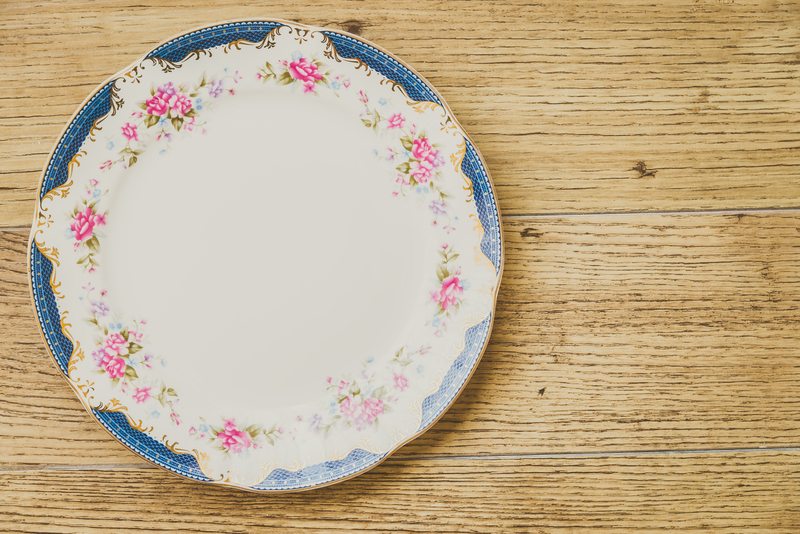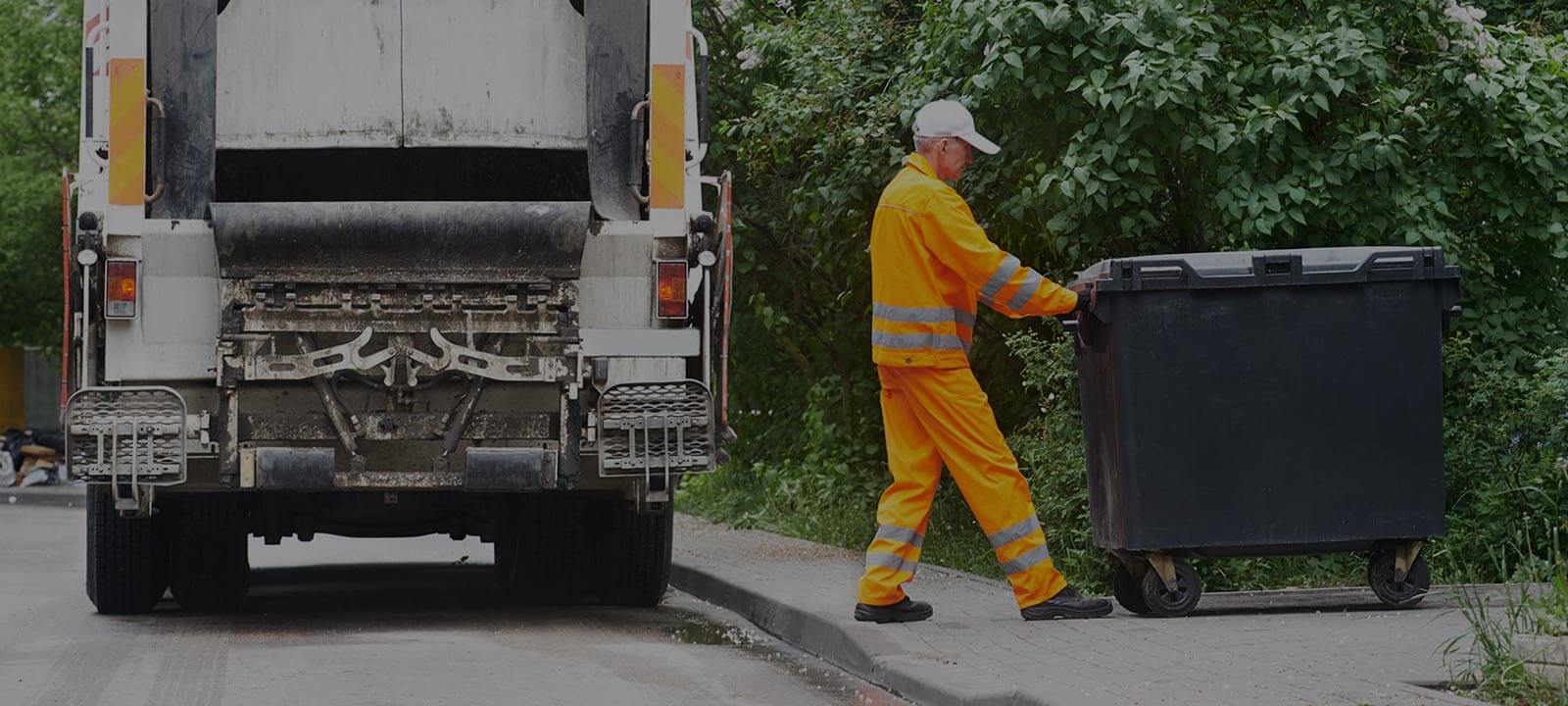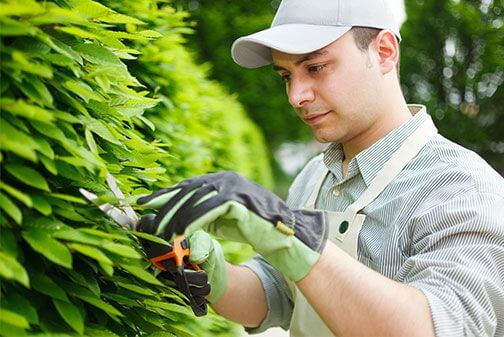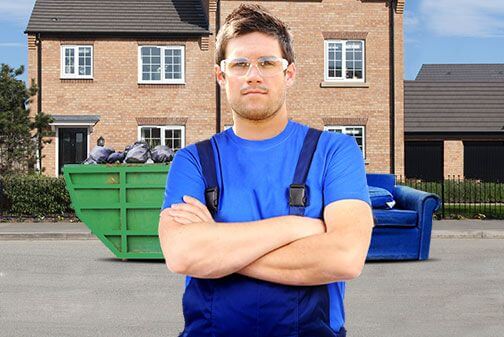Creative and Easy Recycling at Home
Posted on 23/04/2025
Recycling at home is not only an environmentally responsible practice, but it can also become a fun and rewarding activity for the whole family. With a bit of creativity and effort, you can significantly reduce waste while breathing new life into everyday items. This article will guide you through some innovative and straightforward recycling ideas that you can easily implement at your home.
Why Should You Recycle?
Before diving into the various creative recycling ideas, it's essential to understand why recycling is crucial. The benefits of recycling are manifold:
- Environmental Protection: Recycling reduces the need for raw materials, and as a result, fewer trees are cut down, and fewer natural habitats are destroyed.
- Energy Conservation: Recycling typically uses less energy than producing new products from raw materials. For example, recycling aluminum saves up to 95% of the energy required to produce it from raw materials.
- Waste Reduction: By repurposing items, we divert waste from landfills, reducing the load on waste management systems and minimizing the adverse effects on the environment.
- Economic Benefits: Many recycled materials can be sold, creating a source of income. It also creates jobs in the recycling and manufacturing industries.

Setting Up a Home Recycling Station
Creating an efficient home recycling station is the first step towards successful recycling. Here's a guide to setting one up:
1. Choose the Right Location
Locate a convenient spot in your home, such as the kitchen, garage, or utility room, where you can set up your recycling station. Accessibility is key to ensure everyone in the household uses it.
2. Get the Necessary Bins
Different types of materials need to be separated for effective recycling. Get separate bins for paper, plastics, metals, glass, and organic waste. Label them clearly to avoid confusion.
3. Educate the Household
Educate your family members about what can and cannot be recycled. Keep a list of recyclable and non-recyclable items near the recycling station as a quick reference guide.
Creative Recycling Ideas for Common Household Items
Beyond the regular recycling of paper, plastics, and metals, here's how you can creatively recycle common household items.
1. Plastic Bottles
Plastic bottles can be easily transformed into a variety of useful items:
- Planters: Cut off the top part of a plastic bottle, fill it with soil, and plant herbs or flowers. You can paint or decorate the bottle to make it more appealing.
- Bird Feeders: Make a simple bird feeder by cutting out openings in the sides of a plastic bottle and filling it with birdseed. Hang it in your garden to attract birds.
- Plastic Bricks: Fill empty plastic bottles with clean, dry, non-biodegradable waste to create eco-bricks. These can be used for various construction projects, such as making garden furniture or even small structures.
2. Glass Jars and Bottles
Glass jars and bottles can be repurposed in many ways:
- Storage Containers: Use glass jars to store pantry items like grains, pulses, and spices. They are airtight and keep food fresh for longer periods.
- Candle Holders: Decorate glass jars with paint, glitter, or ribbons to create beautiful candle holders. They can add a charming touch to any room.
- Mini Terrariums: Create mini indoor gardens by filling glass bottles or jars with small plants, pebbles, and soil. They make great decorative pieces and require minimal maintenance.
3. Old Clothes
Instead of throwing away old clothes, consider these recycling ideas:
- Rag Rugs: Cut old clothes into strips and braid them together to make colorful and unique rag rugs.
- Shopping Bags: Sew old fabric into reusable shopping bags. This not only recycles the fabric but also reduces the need for plastic bags.
- Patchwork Quilts: Turn old clothes into patchwork quilts. It's a wonderful way to preserve memories associated with the clothes while creating something practical.
4. Cardboard Boxes
Cardboard boxes are versatile and can be used in numerous ways:
- Organizers: Use cardboard boxes to create drawer or shelf organizers. Cut them to the desired size and decorate with wrapping paper or fabric.
- Playhouses: Convert large cardboard boxes into playhouses or forts for kids. Paint and decorate them to make fun and imaginative play spaces.
- Gift Boxes: Repurpose cardboard boxes into gift boxes. Decorate them with paint, stickers, or ribbons to give them a personal touch.

Composting: Turning Organic Waste into Garden Gold
Composting is a form of recycling that turns organic waste into nutrient-rich compost, which can be used to enrich garden soil. Here's how to get started with composting at home:
1. Choose a Compost Bin
Select a compost bin that fits your space and needs. You can purchase one or make your own using a large plastic container or a wooden box.
2. Collect Organic Waste
Keep a small container in your kitchen to collect organic waste such as fruit and vegetable scraps, coffee grounds, eggshells, and yard waste like grass clippings and leaves. Avoid adding meat, dairy, and oily foods to your compost bin as they can attract pests and produce unpleasant odors.
3. Layering
Layer your compost bin with a mix of green and brown materials. Green materials include fruit and vegetable scraps, coffee grounds, and grass clippings. Brown materials include leaves, twigs, cardboard, and paper. Aim for a balance of about 50% green and 50% brown materials.
4. Aeration and Moisture
Turn your compost pile regularly to aerate it and speed up the decomposition process. Keep the compost moist but not waterlogged; it should feel like a damp sponge.
5. Harvest the Compost
In a few months, your compost will turn into dark, crumbly soil. You can use this nutrient-rich compost to enhance your garden soil, fertilize plants, and improve soil structure.
Conclusion
Recycling at home doesn't have to be a daunting task. With a bit of creativity and effort, you can turn waste into valuable resources while doing your part to protect the environment. Whether it's transforming plastic bottles into planters or composting kitchen scraps, every small step counts. By incorporating these easy and creative recycling ideas into your daily routine, you'll contribute to a more sustainable and eco-friendly lifestyle for you and future generations.






